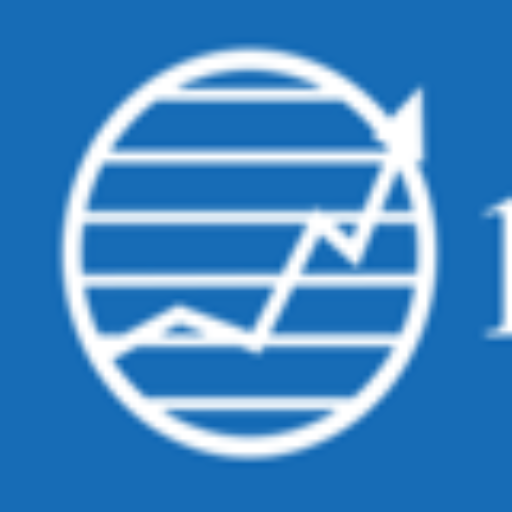Researchers at the Lawrence Berkeley National Laboratory reported that the amount of new electric capacity in interconnection review queues nationally is “growing dramatically,” with more than 1,400 GW of total generation and storage capacity seeking connection to the grid.
They said that more than 90% of that capacity is for zero-carbon resources like solar, wind, and battery storage. They said that solar (676 GW) and battery storage (420 GW) are “by far” the fastest growing resources in the queues; combined they accounted for nearly 85% of new capacity entering the queues in 2021.
Around 247 GW of wind energy capacity was also seeking interconnection, 31% of which was for offshore projects (77 GW).
 Capacity in interconnection queues as of the end of 2021. *Hybrid storage capacity is estimated in some cases using storage: generator ratios from projects that provide separate capacity data. Storage capacity in hybrids was not estimated for years prior to 2020.
Capacity in interconnection queues as of the end of 2021. *Hybrid storage capacity is estimated in some cases using storage: generator ratios from projects that provide separate capacity data. Storage capacity in hybrids was not estimated for years prior to 2020. In total, about 930 GW of zero-carbon generating capacity was seeking transmission access, as was 74 GW of natural gas capacity.
The national laboratory researchers said that hybrids now comprise a large – and increasing – share of proposed projects, particularly in CAISO and the non-ISO West. Around 286 GW of solar hybrids (primarily solar+battery) and 19 GW of wind hybrids are currently active in the queues; nearly half of battery storage in the queues is paired with generation.
The researchers said that much of this proposed capacity will be withdrawn from the queues and not built. It said that roughly 23% of the projects seeking connection from 2000 to 2016 have subsequently been built. Completion percentages also appear to be declining and are even lower for wind and solar than other resources. What’s more, wait times are on the rise: for the regions with available data, the typical duration from connection request to commercial operation rose from around 2.1 years for projects built in 2000-2010 to around 3.7 years for those built in 2011-2021.
More information on the report is available here.

